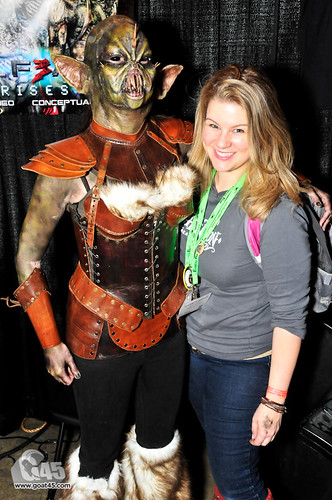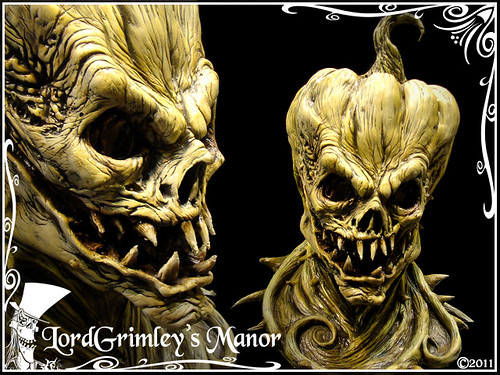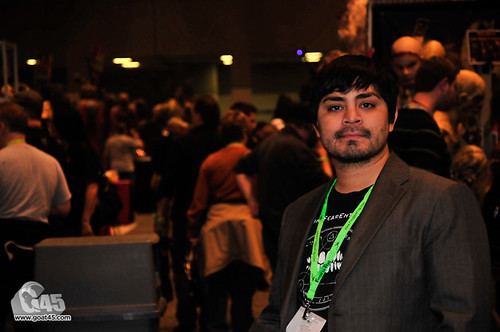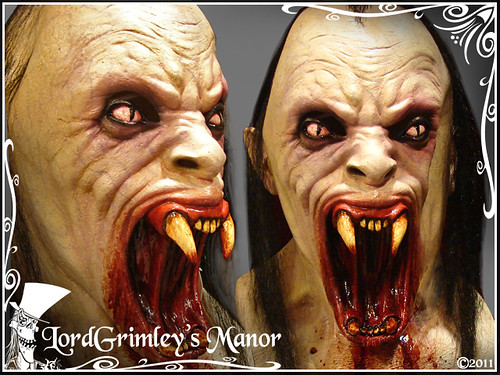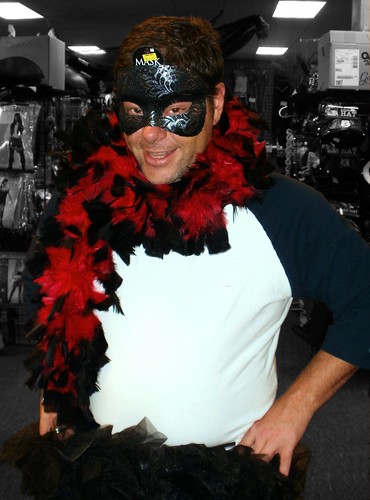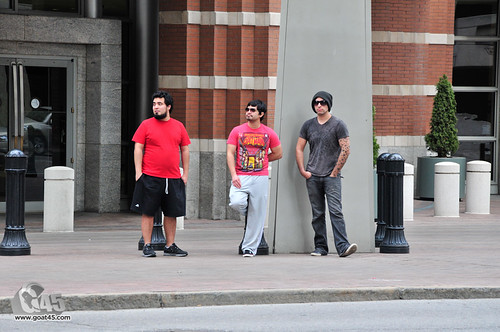
There are approximately 3,000 Peru holidays and festivals celebrated each year. Peru celebrates the widely known holidays like Valentine's Day, Mother's Day, Father's Day, Easter, Christmas and New Year, but most of the celebrations are for a particular saint. Most of these saints are a combination of Catholic and Andean religious traditions.
The typical work-week in Peru lasts for six days, which is probably one of the reasons why there are so many holidays. Many Peruvians get the day off on holiday, called feriado, which is usually spent drinking one of Peru's top beers: cristal, cusqueña or pilsen.
Most Peruvians love to drink. They'll treat personal celebrations and events with as much fervor as national holidays. Drinks are passed around on birthdays, family and friend gatherings, baptisms, sporting events, weddings, baby showers and even at funerals! It is very common to find fiestas throughout Peru, accompanied by not only drinks, but traditional and modern dances.
When planning a vacation to Peru you may wish to include Peru holidays in your itinerary. There are Peru holidays and festivals throughout the year, with those in June and July in Cuzco being the most popular with tourists.
January
Of course New Year is celebrated in Peru, especially as it is one of the Peru holidays that provides an excellent opportunity to drink. The party starts on December 31st with rounds of beer and lots of food. At the stroke of midnight there is champagne and a toast, accompanied by hugs and goodwill. Twelve grapes are eaten by each person, one for each month of the year, with a secret wish. Then the fireworks start and the beer drinking begins anew for most of January 1st.
February
For eighteen days Puno celebrates the Fiesta de la Virgen de la Candelaria. Hundreds of groups of musicians and dancers accompany huge amounts of food and fireworks on February 2nd when a procession carries the virgin image through the city. The dance of the demons has dancers wearing devil masks make offerings to Pachamama, the Earth Goddess. For the farewell the dancers are followed into the cemetery to pay homage to the dead.
Carnival is a National holiday celebrated for the entire month of February. This is when people get wet, really wet. People arm themselves with squirt guns, water balloons and buckets of water with the goal to get as many people wet as possible. In most places it is illegal to celebrate carnival on weekdays as people going to work would complain to the government about getting soaked. Cajamarca is especially enthusiastic about carnival, organizing several activities for Peru holidays during two weeks in February.
Lunahuana hosts the International Festival of Adventure Sports. People from all over the world come to see and participate in kayaking, rock wall climbing, paragliding and other adventure or outdoor sports. The festival's dates change, but it is always held in February.
March - April
In March or April Peru holidays center around Semana Santa, or Holy Week, which generally begins on the Thursday before Easter Sunday and continues through Easter. Traditionally, drinking is shunned during Semana Santa except for wine, and meat should not be eaten except for fish. Several stores will not sell alcohol on these four days, but many Peruvians still find a way to drink, especially on Saturday and Easter Sunday. There are Holy Week processions in most Peruvian cities starting from the Plaza de Armas or Main Square. Ayacucho hosts the most famous Semana Santa celebrations which start on the Friday before Palm Sunday. In Ayacucho it is traditionally believed that Christ is dead during the week until Easter Sunday, therefore sin does not exist during that time.
Cuzco celebrates the Lord of the Earthquakes on Easter Monday which blends Christian and Andean traditions. The Procession is to pay homage to Taitacha Temblores, as it is believed that an oil painting of Christ stopped an earthquake in the year 1650.
May
On the 1st of May el Dia de los Trabajadores (Labor Day) is celebrated Nationally by taking the day off from work and drinking. From the 2nd to the 4th Puno holds the Alarcitas Handicrafts Fair Dia de Santa Cruz. At this time hundreds of sellers gather together to sell thousands of handmade items like alpaca wool sweaters, jewelry, paintings, tapestries, wood crafts and scores of imaginative items from Peru and Bolivia.
June
This month is when Peru holidays really start to pick up. Corpus Christi is a national holiday which has basically been taken over by Cuzco. Hundreds of people crowd around the Plaza de Armas to see several Processions including the Processions of the Saints and of the Virgins accompanied by dancers in various traditional dress.
Inti Raymi celebrates the Inca Sun God on June 24th. Beginning early in the day at Koricancha (the Temple of the Sun) and the Plaza de Armas in Cuzco city, the celebration then moves to the Incan Sacsayhuaman structure at about noon. Thousands of people gather to see the recreation of an ancient Inca celebration of dances and worship to the Sun God in which two llamas are sacrificed.
July
In the town of Paucartambo, just a few hours from Cuzco, La Virgen del Carmen is celebrated for five days, with it's main day being July 16th. Traditional dances, costumes and homage to the dead are observed.
July 28th to the 29th marks Peru's Independence Day which calls for more drinking and fireworks across the country. The large water fountain at the Plaza de Armas in Lima is filled by the Municipality with 2,000 liters of the alcoholic drink Pisco for everyone to enjoy for free.
Cuzco is especially crowded during most of June and July to celebrate. There are several Peru holidays in Cuzco with processions, artisans lay out their handicrafts, street vendors sell a huge assortment of food and bands make live performances. During these times Cuzco gets so crowded that it can be difficult to walk just a couple of blocks.
August
In the seventeenth-century a Lima resident named Isabel Flores de Oliva earned fame for caring for the sick and shunning sin. Those searching for a miracle visit her shrine in downtown Lima. Her festival, El Dia de Santa Rosa de Lima, is celebrated on August 30th throughout the country, especially in Santa Rosa de Quives in the department of Lima.
September
From the 22nd to the 25th Juliaca celebrates Nuestra Señora de las Mercedes in honor of the town's Saint Patroness in which fairs, dances and folk acts are held.
Trujillo organizes the International Spring Festival in the 4th week of September. Once again, there are drinking, folk shows and dancing, but this time there are visits from American and European beauty queens. Bullfighting and the Peruvian Stepping Horses contests are also held.
October
On October 8, 1879 a naval battle was fought between Peru and Chili. This National holiday is remembered as the Combate Naval de Angamos.
From the 18th to the 28th is El Señor de los Milagros (The Lord of Miracles), the most important of all the Peru holidays in October. This is largely a procession in honor of a slave from Angola who drew the image of a black Christ in Pachacamilla near Lima. Although there had been several attempts to erase it, the image stubbornly stayed on the wall. Tens of thousands participate in the procession every year. Believers carry two tons of remains that bore the painting and walk for twenty-four hours starting from the church Las Nazarenas, through downtown Lima, and finally to the church La Marced in Barrios Altos. Bullfighting season also starts in October to commemorate The Lord of Miracles.
La Noche de Las Brujas, or Halloween, is loosely celebrated on October 31st. Some attention is paid to trick-or-treating for the children.
November
All Saints Day is celebrated on the first, with All Souls Day following on the second. Peruvians may attend mass and visit cemeteries in memory of the dead, especially loved ones.
Puno, the folkloric center of Peru, has many Peru holidays. It's founding is celebrated on the 4th and 5th called Puno Days. There are military parades, drinking and dancing. A procession of masked dancers celebrate the Inca legend of when Manco Capac, the first king of Cuzco, and his sister and wife Mama Occlo, rose out of Lake Titicaca.
December
The Feast of the Immaculate Conception on the 8th is celebrated by two of the things that Peruvians love most - great food and lots of beer. Christmas celebrations begin on the 24th when the drinking starts. At midnight the official party begins, sometimes gifts will be exchanged, but there will always be a round of champagne.
Do you know how to travel the world and get paid for it? Discover the amazing secrets of earning at least $4,000 to $30,000 monthly while traveling the world at Lone Wolf Adventure. Get your passport to Freedom and Adventure here! http://www.lonewolfadventure.net
